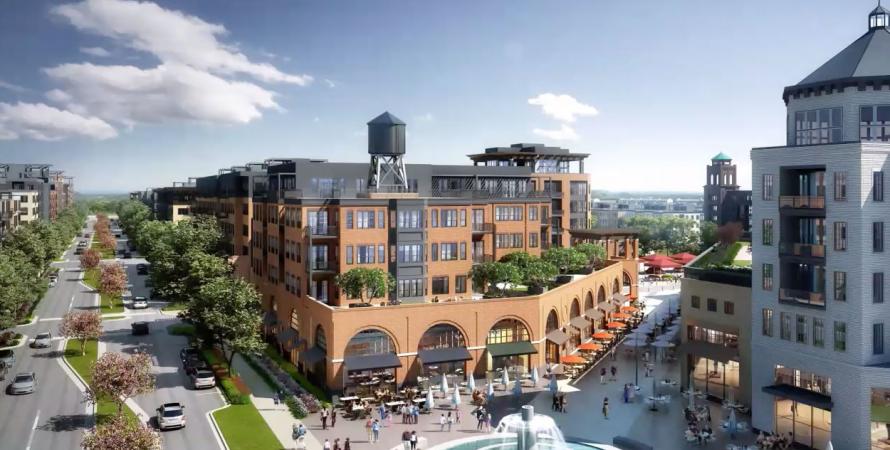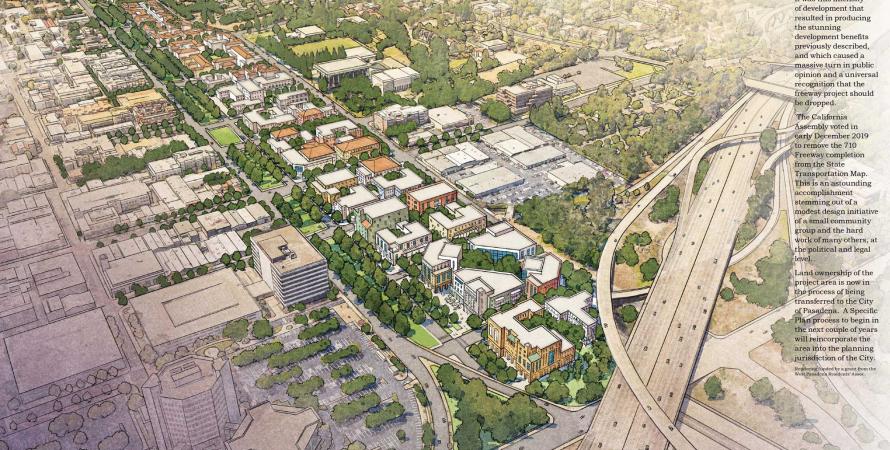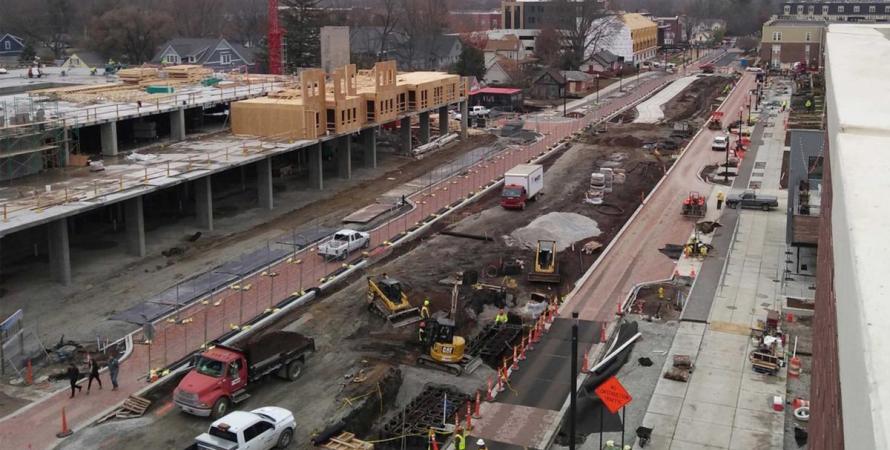-

Applying the CNU Charter to large redevelopments
The Minnesota capital has major redevelopments underway, using principles of the Charter of the New Urbanism.Saint Paul, Minnesota, is using principles of the Charter of the New Urbanism to design and develop two of the city’s most significant, large-scale projects of the coming decade. Planners at CNU 28.A Virtual Gathering discussed ongoing redevelopment of the 122-acre former Ford factory site in the...Read more -

Why we need ‘plug and play urbanism’
New Urbanism needs an optimum combination of standardization and customization, drawing lessons from other industries—and from natural systems.Imagine that it’s 1983, and you are in the very young business of cellular telephones. The only unit available is the massive Motorola DynaTAC 8000x, a brick-like object that costs $4,000, takes ten hours to charge, and provides just 30 minutes of talk time—IF you happen to be in the very few areas...Read more -

Urban development plan stops freeway
A grassroots organization, Reconnecting Pasadena, helped to defeat an in-city freeway by proposing a mixed-use, urban alternative.In December of 2019, the California Assembly voted to remove the 710 Freeway completion from the State Transportation Map, ending the longest urban freeway battle in the US. A 70-acre parcel, worth an estimated $500 million or more, that was cleared in the 1960s to make way for the freeway, is...Read more -

Building a future in a corona paralysis
How quickly we have gotten used to a world that has seemingly stopped. I was out running yesterday morning, and came across construction workers who were moving and positioning heavy equipment for a development project near the waterfront of my city. It seemed odd, and yet highly reassuring, that...Read more